Where does oil come from?
 Many people may have the idea that oil comes from dinosaurs, but that isn’t quite right. Oil actually came from the plants and animals that lived in a marine environment millions of years ago, before the dinosaurs. As the years progressed, the remains of these plants and animals were covered with mud, and the heat and pressure from those layers turned the remains into “crude oil.”
Many people may have the idea that oil comes from dinosaurs, but that isn’t quite right. Oil actually came from the plants and animals that lived in a marine environment millions of years ago, before the dinosaurs. As the years progressed, the remains of these plants and animals were covered with mud, and the heat and pressure from those layers turned the remains into “crude oil.”
Crude oil is a thick, smelly, yellow-to-black liquid usually found in underground reservoirs, which is removed and sent to a refinery. At the refinery, different parts of the oil separated into useable petroleum products, which is where we get gas and oil, such as Yamalube outboard motor oil.
The word petroleum means “rock oil” or “oil from the earth,” and is made up of Greek and Latin terms.


 Your boat may be straight out of the factory, but it’s already taken two hits when it comes to efficiency. Marine engines generally run at or near peak RPM for extended periods of time under heavy load conditions, according to outboardrepairs.com; every time they have to make it through a wave or a wake the engine has to strain to keep the RPM constant. Also, an extended period of time between uses is extremely common when it comes to boats, which allows for damaging corrosion to build up quickly.
Your boat may be straight out of the factory, but it’s already taken two hits when it comes to efficiency. Marine engines generally run at or near peak RPM for extended periods of time under heavy load conditions, according to outboardrepairs.com; every time they have to make it through a wave or a wake the engine has to strain to keep the RPM constant. Also, an extended period of time between uses is extremely common when it comes to boats, which allows for damaging corrosion to build up quickly.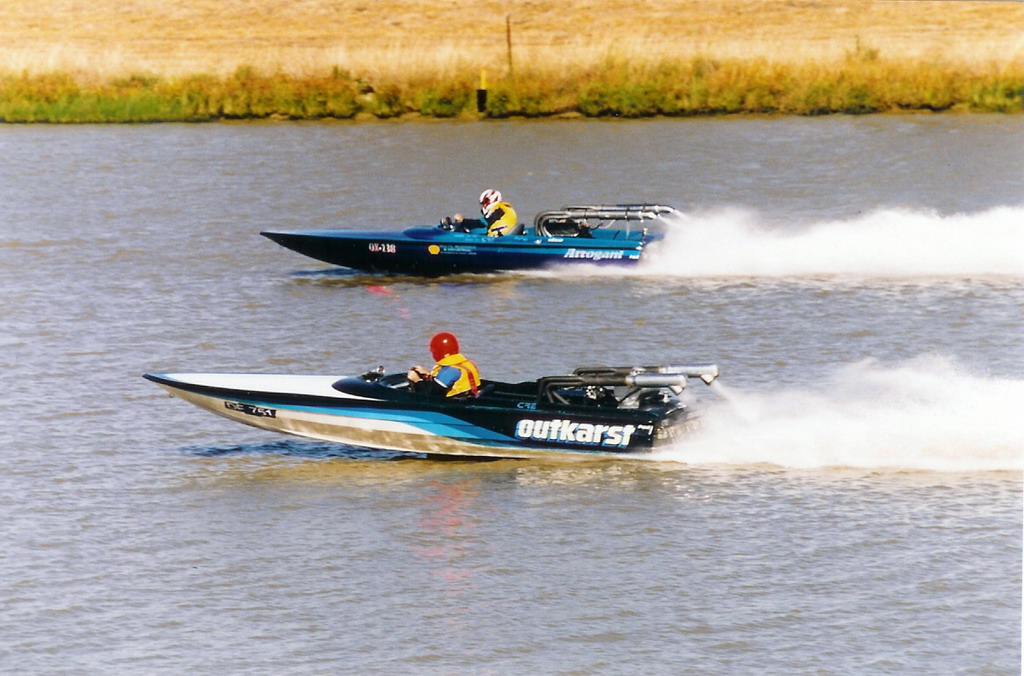
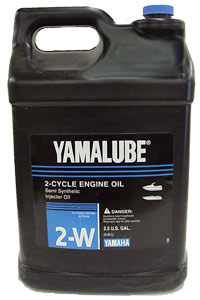 When choosing what kind of oil to use in your outboard engine, it’s not always wise to go with whatever’s cheap. In order to keep your motor running smoothly and for quite some time, do a little research into what type of oil will best suit your boat. Don’t scrimp on oil, because it will just cause you problems later.
When choosing what kind of oil to use in your outboard engine, it’s not always wise to go with whatever’s cheap. In order to keep your motor running smoothly and for quite some time, do a little research into what type of oil will best suit your boat. Don’t scrimp on oil, because it will just cause you problems later.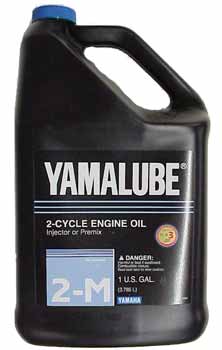 It may be difficult to choose the correct oil for your boat sometimes. There are so many varieties and manufacturers and promises of perfect performance out there, it can be a little overwhelming. But one myth to dispel early on – your oil brand and boat manufacturer don’t have to match up. That is, if you’re running a Yamaha boat, it isn’t completely necessary to use
It may be difficult to choose the correct oil for your boat sometimes. There are so many varieties and manufacturers and promises of perfect performance out there, it can be a little overwhelming. But one myth to dispel early on – your oil brand and boat manufacturer don’t have to match up. That is, if you’re running a Yamaha boat, it isn’t completely necessary to use 
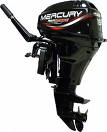 Fuel prices are constantly fluctuating between high and really high these days, so it’s important to make sure you’re getting the best deal you can. Here are some fuel-saving tips when it comes to boating, according to Yamaha-motor.com:
Fuel prices are constantly fluctuating between high and really high these days, so it’s important to make sure you’re getting the best deal you can. Here are some fuel-saving tips when it comes to boating, according to Yamaha-motor.com: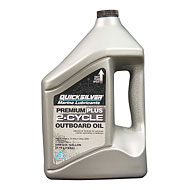 The biggest mechanical difference between two and four-stroke motor is in the internal processes. A two-stroke motor completes four different internal processes – intake, compression, power and exhaust – in two strokes of the piston, while the four-stroke completes those same four processes in four strokes.
The biggest mechanical difference between two and four-stroke motor is in the internal processes. A two-stroke motor completes four different internal processes – intake, compression, power and exhaust – in two strokes of the piston, while the four-stroke completes those same four processes in four strokes.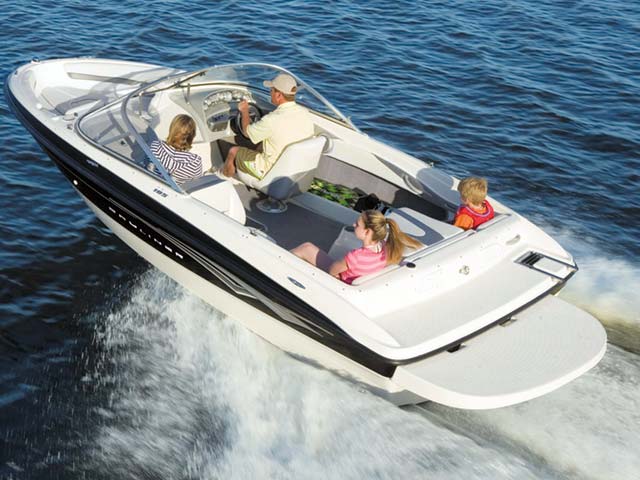 In such an uncertain economy, the thought of buying or maintaining a boat – an expensive endeavor – may seem a little outlandish. Boat sales are down substantially as the price of materials and oil steadily rise. According to the National Marine Manufacturer’s Association, 2007 new boat sales totaled $14.4 billion, a five percent decrease from 2006. Boat manufacturers are struggling to find technologies that will decrease prices and draw in customers.
In such an uncertain economy, the thought of buying or maintaining a boat – an expensive endeavor – may seem a little outlandish. Boat sales are down substantially as the price of materials and oil steadily rise. According to the National Marine Manufacturer’s Association, 2007 new boat sales totaled $14.4 billion, a five percent decrease from 2006. Boat manufacturers are struggling to find technologies that will decrease prices and draw in customers.